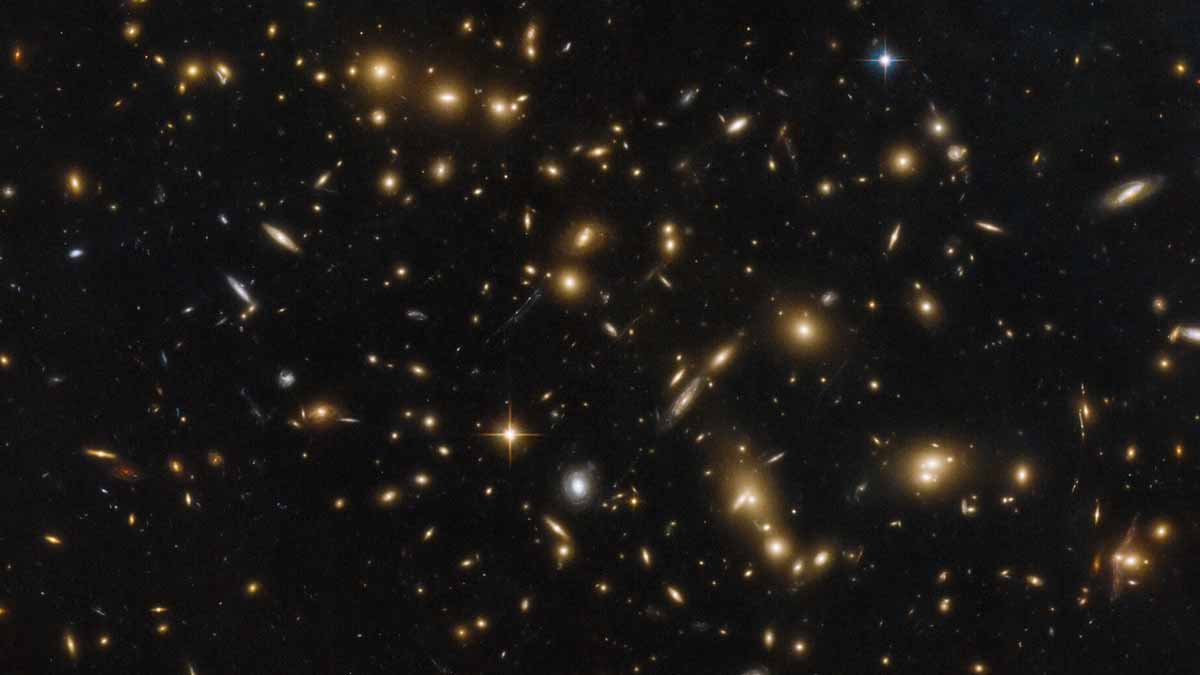A quiet assumption just cracked: the cosmos doesn’t grow at one steady rate, and the evidence now stacks up. From nearby stellar “candles” to the afterglow of the Big Bang, signals refuse to agree. Researchers checked, recalibrated, and tried fresh instruments. The gap stayed firm. This rift—centered on the exact behavior of the universe—now points to a deeper story that challenges long-held models without rushing to loud claims.
Why the universe expanding rate became a puzzle
Think of space as something that stretches, not a stage things cross. Galaxies drift apart because space itself grows. That growth rate, called the Hubble constant, sets how old the cosmos is and suggests where it’s headed. When two gold-standard methods disagree, timelines wobble and confidence in neat answers fades.
Scientists read the “first light” from when the cosmos was about 380,000 years old. That fossil glow, the cosmic microwave background, carries patterns that reveal a precise rate. Europe’s Planck mission inferred roughly 67 kilometers per second per megaparsec. A megaparsec spans 3.26 million light-years, which helps convert sky patterns into distances we can compare.
Closer to home, astronomers climb a distance ladder built on Cepheid stars. These pulsating beacons grow brighter and dimmer in a way tied to true luminosity. Measure the pulse, know the brightness, find the distance. Combine those distances with redshift, and you get about 74 kilometers per second per megaparsec—far from the first figure.
How astronomers measure cosmic growth in two ways
The two approaches look at different eras. The microwave background view takes a snapshot of the newborn cosmos and evolves it forward using well-tested physics. The ladder method samples the nearby sky today and works backward through careful calibrations. Both speak clearly, yet they tell clashing stories about expansion.
Cepheids anchor the nearby part of the ladder, then brighter mileposts extend reach. Type Ia supernovae carry distances across deeper space with stable brightness patterns. Redshift—how light stretches as space grows—converts those distances into rates. Step by step, the method stacks measurements until a single number emerges, precise yet stubbornly high.
On the early-era side, temperature ripples in the microwave background encode matter, radiation, and geometry. From those ripples, models predict today’s speed given standard ingredients like dark matter and dark energy. The evolved rate lands lower. This split, often called Hubble tension, persists after years of tests that targeted dust, blending, and calibration.
What it could mean if the numbers won’t meet
If instruments behave and math holds, the conflict points to missing pieces in our picture. Dark energy may not act the same way across time, which would shift how growth accelerates. General relativity might need tweaks at grand scales, a delicate prospect given its success near stars, planets, and black holes.
Other possibilities stay on the table. New particles could have influenced the young cosmos, changing the early snapshot without touching nearby readings. Hidden systematics may still lurk, although repeated checks keep cutting that room. Researchers now share best practices, cross-check pipelines, and publish data so teams can stress-test results from fresh angles.
The stakes are high yet healthy. Science grows stronger when reality refuses tidy boxes. A confirmed mismatch doesn’t break cosmology; it refines it. By mapping the universe more widely and more precisely, teams can probe when, where, and why the rates diverge. The path forward values caution, openness, and repeatable ways to fail.
Fresh evidence across galaxies confirms the universe mismatch
Early doubts focused on crowding: Cepheids sit among other stars, which can skew brightness. The Hubble Space Telescope faced that challenge with sharp imaging and careful subtraction. Some still wondered whether blending nudged the rate upward, which would falsely widen the gap. The question demanded a cleaner view in infrared light.
Enter the James Webb Space Telescope with crisp infrared eyes. In 2023, Webb targeted the same Cepheids and improved background handling. Webb’s sharper vision saw through dust and crowded fields. The recalibrated distances matched Hubble’s earlier work, which strengthened the ladder. The high local rate stayed high after those stricter checks.
A 2025 study looked across several galaxies and tracked more than 1,000 Cepheid stars. The larger, cleaner sample still supported the nearby measurement. That result left little room for a simple processing error. With both telescopes aligned on the ladder, attention shifted back to models that evolve the early snapshot to today’s sky.
What James Webb adds and what happens next
Webb is more than a camera; it’s a precision tool that turns doubts into tests. Infrared data reduces dust issues, improves star separation, and clarifies backgrounds. That helps remove noise from the ladder and tightens error bars. Lower uncertainty sharpens the picture and puts pressure on theories that try to explain the split.
Hubble remains crucial. Decades of careful distance work, standardized supernovae, and stable calibrations make its archive a backbone. Together, the telescopes build continuity across instruments, filters, and methods. Consistency matters more than novelty, and the joint track record signals reliability. Teams document steps so independent groups can reproduce them openly.
Next moves aim at redundancy. Parallax checks refine Cepheid anchors. Alternative standard candles and sirens, like tip-of-the-red-giant branch stars or gravitational-wave events, offer separate yardsticks. As catalogs grow, cross-comparisons will expose hidden biases or confirm the split. Each pass narrows options until only solid explanations remain for the universe we observe.
What this tension could unlock for space science next
Treat this crisis as an invitation, not a wall. When two great tools disagree yet pass every test, something new waits in the gap. The evidence now says the mismatch is real, which frees theory to explore bold but careful ideas. The universe rarely gives away secrets without forcing us to level up.
